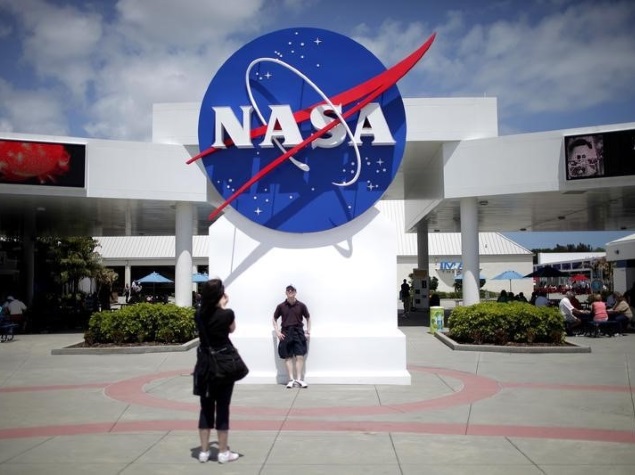- Home
- Science
- Science News
- Nasa Seeks Ideas to Protect Crew on Journey to Mars
Nasa Seeks Ideas to Protect Crew on Journey to Mars

The US space agency, which recently awarded $12,000 to five winners of a challenge to mitigate radiation exposure on deep space missions, is developing the capabilities needed to send humans to an asteroid by 2025 and Mars in the 2030s.
"We are very impressed with the enthusiasm and sheer number of people from the public, who showed interest in solving this very difficult problem for human space exploration," said Steve Rader, deputy manager of the Nasa-supported Center of Excellence for Collaborative Innovation.
"We look forward to seeing what people will come up with in this next challenge to find the optimal configuration for these different protection approaches," Rader noted.
Galactic cosmic rays (GCRs), high-energy radiation that originates outside the solar system are a major issue facing future space travellers venturing beyond low-Earth orbit.
These charged particles permeate the universe and exposure to them is inevitable during space exploration.
Because missions to Mars will require crews to remain beyond the protection of Earth's magnetic field and atmosphere for approximately 500 days, learning how to protect human explorers from the effect of exposure to GCRs is a high priority.
The new challenge will measure which ideas come closer to Nasa's goal of identifying key solutions that will reduce crew members' total radiation dose from exposure to GCRs on long duration deep space missions by at least a factor of four.
Anyone can participate in the challenge, which will be open from April 29 to June 29, 2015.
For the latest tech news and reviews, follow Gadgets 360 on X, Facebook, WhatsApp, Threads and Google News. For the latest videos on gadgets and tech, subscribe to our YouTube channel. If you want to know everything about top influencers, follow our in-house Who'sThat360 on Instagram and YouTube.
Related Stories
- Samsung Galaxy Unpacked 2025
- ChatGPT
- Redmi Note 14 Pro+
- iPhone 16
- Apple Vision Pro
- Oneplus 12
- OnePlus Nord CE 3 Lite 5G
- iPhone 13
- Xiaomi 14 Pro
- Oppo Find N3
- Tecno Spark Go (2023)
- Realme V30
- Best Phones Under 25000
- Samsung Galaxy S24 Series
- Cryptocurrency
- iQoo 12
- Samsung Galaxy S24 Ultra
- Giottus
- Samsung Galaxy Z Flip 5
- Apple 'Scary Fast'
- Housefull 5
- GoPro Hero 12 Black Review
- Invincible Season 2
- JioGlass
- HD Ready TV
- Laptop Under 50000
- Smartwatch Under 10000
- Latest Mobile Phones
- Compare Phones
- Moto G15 Power
- Moto G15
- Realme 14x 5G
- Poco M7 Pro 5G
- Poco C75 5G
- Vivo Y300 (China)
- HMD Arc
- Lava Blaze Duo 5G
- Asus Zenbook S 14
- MacBook Pro 16-inch (M4 Max, 2024)
- Honor Pad V9
- Tecno Megapad 11
- Redmi Watch 5
- Huawei Watch Ultimate Design
- Sony 65 Inches Ultra HD (4K) LED Smart TV (KD-65X74L)
- TCL 55 Inches Ultra HD (4K) LED Smart TV (55C61B)
- Sony PlayStation 5 Pro
- Sony PlayStation 5 Slim Digital Edition
- Blue Star 1.5 Ton 3 Star Inverter Split AC (IC318DNUHC)
- Blue Star 1.5 Ton 3 Star Inverter Split AC (IA318VKU)

















